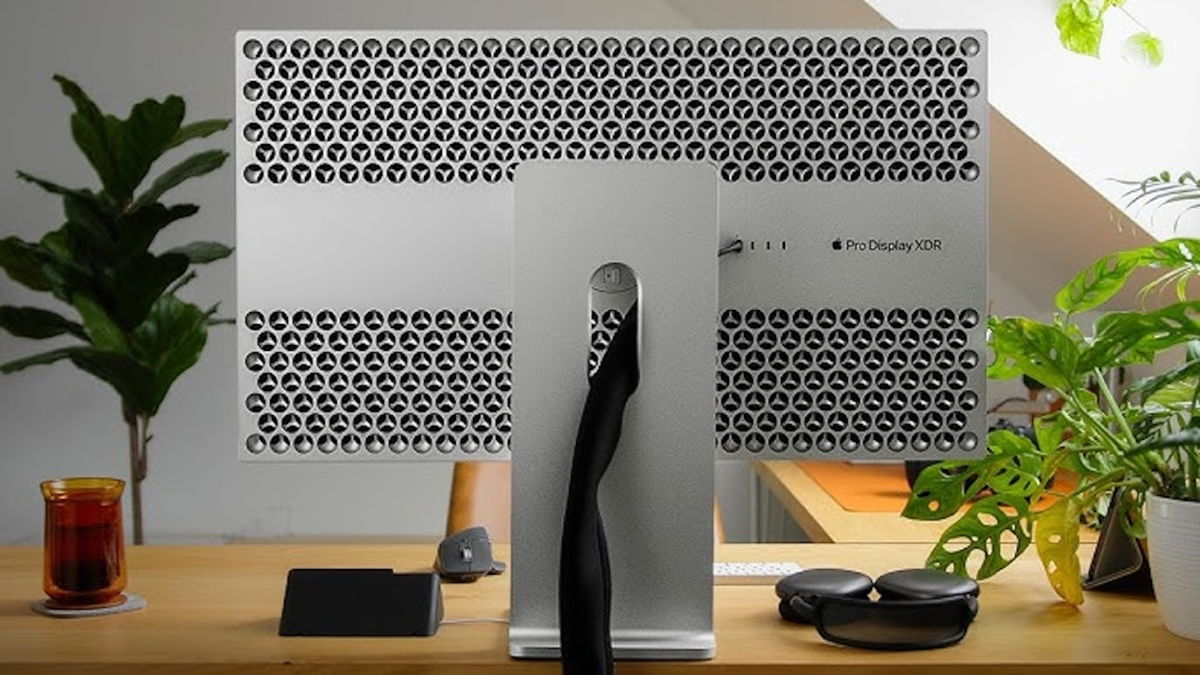I still remember the routine of my childhood, carefully learned from my father’s habits. From time to time, from time to time, it was necessary defragment the family PC disk. This was something Windows didn’t explicitly ask for, but it was optimizing for performance. I remember very well those afternoons when we looked at how the little squares of the defragmenter moved in the interface. It was fascinating.
But when I made the jump to the Mac, that habit was lost. Suddenly I came across an operating system that didn’t have its own disk defragmenter, and I began to worry that it could hurt the system’s performance over the months. But no, This was and still is one of the advantages of macOS: you don’t need to defragment your disk. And now much less with macOS Sonoma.
What is defragmentation and what is it for?
In computer terms, defragmenting a disk was the equivalent of tidying up a messy room. As we use an operating system, it writes the data wherever there is free space on the mechanical hard drive. If, for example, we want to write 2 MB of data, the system will look for a 2 MB “space” on the disk.
This means that any space smaller than 2 MB was ignored, leaving small areas of free space. Or these areas were used, writing this 2 MB file in several parts. Consequence: reading this file meant checking all these “gaps”, causing more reading effort on the disk and slowing down the computer’s speed.
Defragmentation of the affected disk get rid of all “gaps” with free space and unite into a single data block all these files which have been recorded in several. This was a several hour process, depending on the amount of data on the computer. If this was done regularly, the overall performance of the computer was optimized and the hard drive had to work less, gaining longevity.
Why we never needed to defrag a Mac disk


In the past, there were third-party applications to defragment Mac disks, but now this is nonsense.
The reason why on macOS we never had to defragment your hard drives lies in the format of these drives. While Windows used FAT32 or NTFS, Apple used a format called HFS+ (or MacOS Plus) which has not divided any data block in to multiple parts
As a result, Mac disks have not become as fragmented as Windows disks and have benefited from greater optimization over the years. This fragmentation was only accentuated if the hard drive was very full. And still Apple did not propose any official candidacy to do this defragmentation.
Now, for demanding fans, there were third-party tools to defragment Mac disk, like iDefrag, Drive Genius or TechTool Pro, the last two of which survive today.
Don’t consider defragmenting your Macs: it’s no longer necessary
If after reading all this you are already considering defragmenting your Mac’s disk to improve performance, stop. Defragmenting a Mac disk in 2024 makes no sense. The reason is simple: all Macs now use SSD drives, which do not fragment their information when writing data. Defragmenting a disk was done with mechanical hard drives, but not with the current chips that exist today.
If you want to take care of your Mac’s disk right now, the only thing you need to worry about is that it isn’t too full. If you occasionally delete files you don’t need, free up space, keep your iCloud Drive data in sync, and uninstall apps you stop using, you’ll have a Mac that works like the first one. day for years.
Picture | Patrick Ward
In Applesfera | Without spending a single euro: here’s how to add extra space in the cloud on your iPhone using Google Drive
In Applesfera | Just by pressing these three keys, you will discover gigabytes of garbage hidden on your Mac









